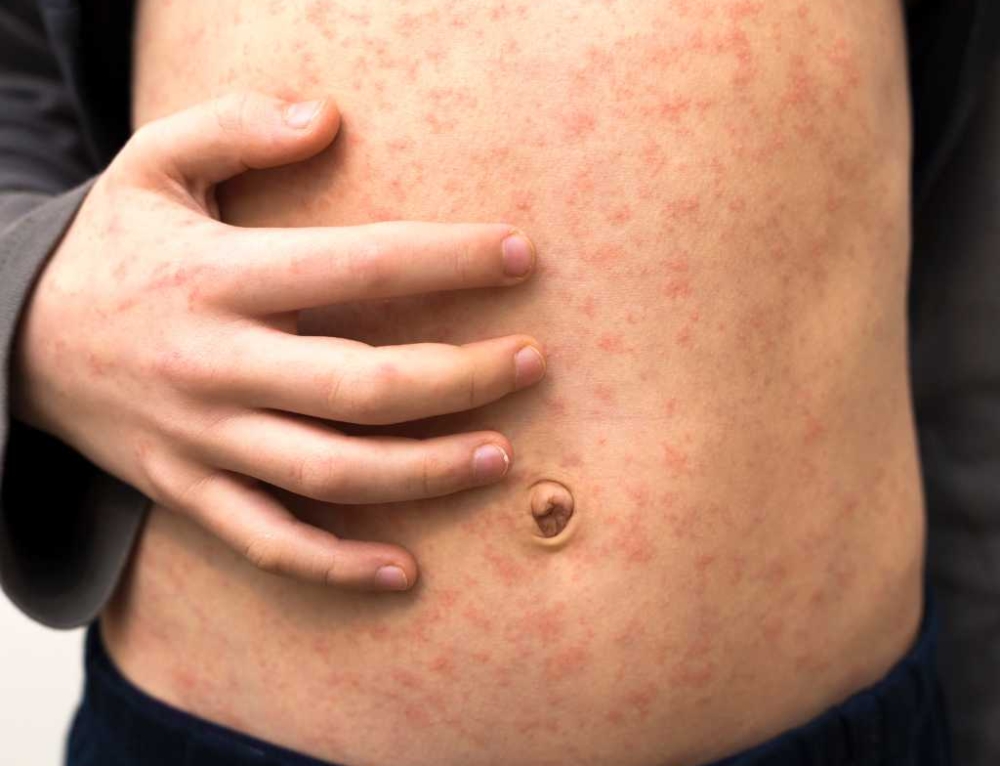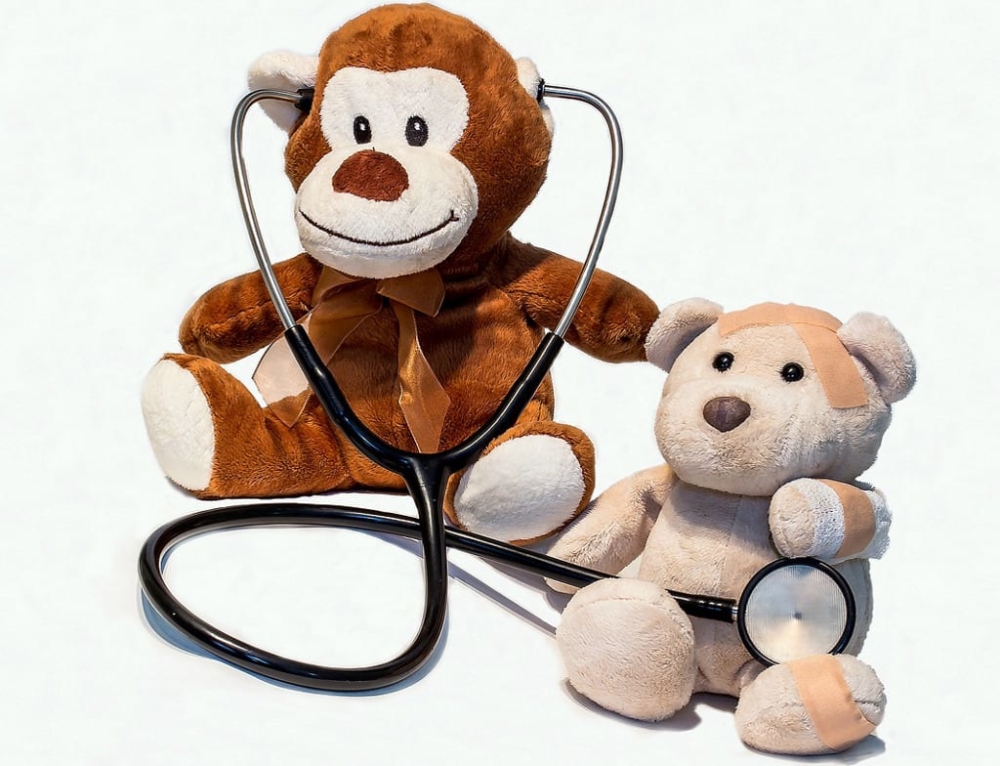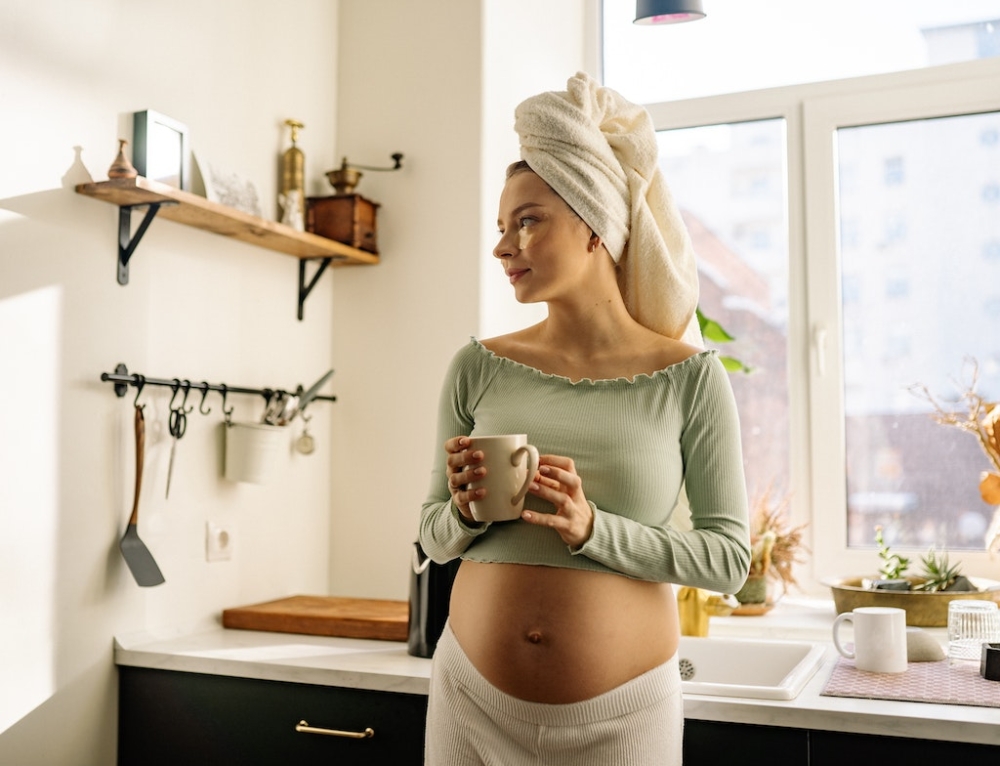With the tragic death of two five month old triplets in the UK over the weekend, the dangers of carbon monoxide are back in the news. Whilst carbon monoxide poisoning was initially suspected in the death of Sarah Owens’ five month old boys, Charlie and Noah, police have now ruled this out. The silent, deadly gas has taken lives before though, so it’s a timely reminder to be vigilant.
Carbon monoxide is a killer
In 2015, an Ashburton mother and her three children died from carbon monoxide poisoning after leaving a car running in the garage which was connected to the house. Cindy George, was housesitting when herself, her daughter and two sons succumbed to the poisonous gas. Ms George had reportedly run the car inside the closed garage so the car battery wouldn’t go flat. The door connecting the garage to the house was inadvertently left open, allowing the carbon monoxide from the car’s exhaust to tragically move through the living areas.
The deadly gas can also be released by some heating appliances that aren’t designed to be used inside. Police believe that a Taumarunui couple who passed away in their bedroom in 2009, were likely to have died from carbon monoxide poisoning from an outdoor patio gas heater which was being used inside the room. The year before, two men died in a cabin in Ruapuke after they brought a charcoal barbecue inside to heat the cabin. Other deaths have been linked to the use of outdoor gas cookers in confined spaces.
What is carbon monoxide?
Carbon monoxide (CO), is a colourless, odourless gas with no taste. It doesn’t irritate your nose, mouth or skin. If inhaled, depending on the concentration, it is capable of causing illness and even death. Carbon monoxide enters the bloodstream through the lungs and attaches to red blood cells, stopping them from carrying oxygen around the body. The reduction in the oxygen supply can affect the function of the brain and heart.
What are the symptoms of carbon monoxide poisoning?
The first symptoms of carbon monoxide poisoning are mild headaches and dizziness. This is often followed by weakness, nausea and confusion. As the concentrations of CO in the blood increase, victims may suffer chest pains, hallucinations, convulsions and loss of consciousness.
If carbon monoxide poisoning is suspected, you must act quickly. Assess whether it is safe to intervene before attempting any course of action. Turn off the source of the CO, move yourself and others out of the affected area immediately (get outside) and seek urgent medical treatment. If you are unable to move others, immediately call 111 for assistance. Open doors and windows, if it is safe to do so.
Avoiding carbon monoxide poisoning
-
- Always follow the instructions when operating machinery and appliances to ensure correct ventilation.
- Ensure your heating systems (including water heaters) and any other gas, oil, or coal burning appliances are installed by a qualified technician and are serviced every year.
- Do not use unflued gas heaters or portable flameless chemical heaters (catalytic) indoors. Always check the instructions for correct usage.
- Never run a vehicle in the garage with the door shut.
- Do not use portable generators indoors.
- Have your chimney or flue inspected and cleaned every year.
- Carbon monoxide alarms can be useful as a precaution but should not be used as a substitute for correct installation and maintenance of equipment. If you want to install one, seek professional advice for correct installation and placement.
Sources for this article include the Centre for Disease Control and Prevention and Worksafe NZ.







Leave A Comment
You must be logged in to post a comment.